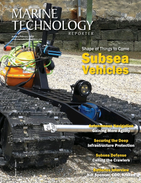Fiber-optics (FO) technology is finding new uses in subsea applications. Fiber allows longer transmission distances and higher data rates than copper — a fortuitous development, as offshore drilling moves to deeper depths. Petroleum exploration and production are also becoming smarter, as operators pursue real-time information and analysis of both the individual well and the entire production chain from well to topside or land-based platform. Compared to copper, the high bandwidth of fiber allows richer data streams and much longer step-out distances (i.e., distance between subsea installation and surface facilities). Umbilical cables can easily reach lengths of 10-15 km, while pipeline cables, used for sensing, can extend to 40 km.
Optical fibers also make superior distributed sensors. Changes in pressure or temperature modify the backscatter profile, allowing highly accurate measurements by monitoring the backscattered light. Because the velocity of light in a fiber is well understood, the backscattered light reveals information on both the magnitude of measurement and its location along the length of the fiber.
Since each fiber is smaller and more capable than a copper cable, the number of fibers an umbilical cable can accommodate is also increasing, from a dozen or fewer today to 24 or even 48 fibers in the near future. Figure 1 shows the TE Connectivity’s (TE) SEACON 24/48 channel HydraLight wetmate connector for optical subsea distribution systems.
Such advances in technology have increased interest in optical connectivity. Subsea connectors, for either copper or fiber cables, face an extremely harsh operating environment characterized by high pressure, temperature extremes and corrosion-friendly seawater. Despite operating in such adverse working conditions, a connector must be absolutely reliable throughout its design life of 25-30 years.
On one side of the equation, industry requires growing fiber count, and on the other side lower cost and higher reliability. The objective is to have a connector that is well-balanced between these seemingly “opposite” requirements. This is the reason why FO connector designers continuously innovate in terms of design and integrated optical technology. In the new offshore oil and gas market environment, they are committed to bringing FO connector capability and cost-effectiveness as close to each other as possible.
Drymate connectors are familiar to users of military/aerospace circular connectors. FO drymate connectors can be installed either within a module or between modules that have been assembled on-site. They are designed for topside mating in an atmospheric environment, although they withstand subsea water and pressures while mated. The standard coupling of each half – ensuring sealing integrity of the mated pair; is performed manually via a threaded coupling ring.
In subsea FO wetmate technology, typified in the second-generation HydraLight connector, the crucial fiber-to-fiber underwater union is accomplished while both halves of the FO termination are protected from contamination by seawater, sand and silt, because the mating process occurs in an enclosed, separate, oil-filled, pressure-balanced chamber. This pressure balancing system allows the connector to operate without being affected by the pressure, in contrast to most drymate connectors, which have to withstand pressure differential due to having an atmospheric-pressure internal cavity.
Smaller systems benefit from fiber optics. More compact, lighter, highly modular subsea drilling and production systems are the order of the day. They are easier and less expensive to install. Even though an optical fiber weighs much less than a comparable copper wire, there are practical limits to how small a connector should be. A subsea wetmate connector that will be deployed by a remotely operated vehicle (ROV) must be large enough to be clearly seen by ROV cameras, and sufficiently robust to be mated/unmated without damage by ROV manipulators. In this case, ROV-mateable connectors may have generous lead-ins to guide the mating halves together.
Connecting Traditional Packaging to Subsea Applications
To a great extent, subsea fiber optic connectors use new ways of packaging tried-and-true technologies, rather than radically new and unproven approaches. TE Connectivity Marine Oil & Gas adapts technologies that were well-established for telecom, network, aerospace and military applications to subsea applications. Subsea connector technology relies on ultra physical contact (UPC) and, more recently, angled physical contact (APC) for better performance (especially with sensing systems) of termini based on a ceramic ferrule, a well-understood technology dating back 40 years and the beginning of fiber optics.
During the last decade, alternative optical connectivity technologies have been developed and proved their reliability from both manufacturing and application perspectives. Some approaches use a non-contacting interface to provide higher durability and tolerance to rough handling, with a small penalty in optical performance. Others provide a high-density, multi-fiber connection to save space and weight for high-fiber-count systems, at the expense of some complexity at the connecting interface and pre-alignment mechanism.
In another interesting connectivity technology development, a bare fiber cleaved tip has been repackaged into a downhole wetmate connector. This epoxy-free and ferrule-less technology offers both greater tolerance to high temperature and a lower-profile dimension in order to fit into a tight downhole casing. Figure 2 shows FO wetmate connectors developed for subsea trees and downhole applications.
Depending on the subsea and marine application and type of sensing required, each of these optical-interface technologies has its place. The main challenge is to adapt these technologies optimally, in order to create a cost-effective solution meeting installation, deployment and maintenance needs.
Industry needs connectors to function reliably when installed subsea and downhole in a well for reservoir surveillance and improved oil recovery. High-temperature wells (e.g., >150°C), where electrical sensing systems face some limitations, were targeted early on for deployment of FO sensing systems. Over the years, FO sensing gained interest among operators, not only for the ability to withstand very high temperatures, but also for the quality and the amount of data retrievable from the wells.
Most operators introduce next-level FO capabilities as part of a natural progression in their field development. As marine oil and gas exploration and production venture to ever-increasing depths, with consequently more robust fiber-optic connector operating pressure and temperature requirements, industry challenges evolve to keep pace, and a collaborative approach with customers and partners is key for subsea FO connectivity design. It is always desirable to exceed technical requirements, but it is much more important to exceed customer expectations in term of cost, operability and reliability.
Future Implications
Long transmission distances, high data rates, lightweight, small size, distributed sensing—fiber optics brings together so many capabilities important to improve efficiency of marine offshore exploration and production. The technological breakthroughs of optical fiber connectivity can create a bright future with the possibility of developing and producing with higher performance at lower cost and unlocking new resources.
• 



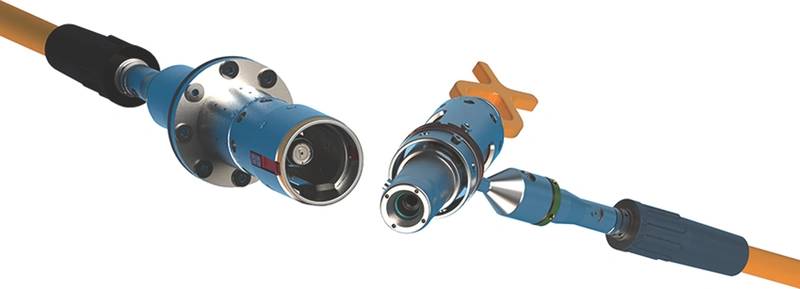
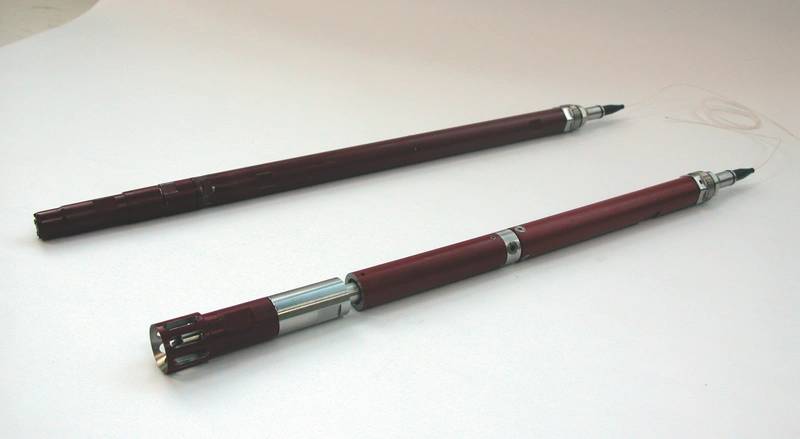
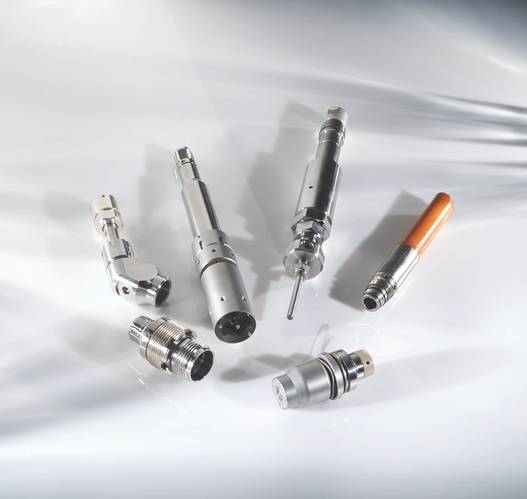
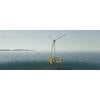
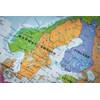



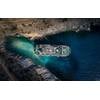







 February 2025
February 2025


